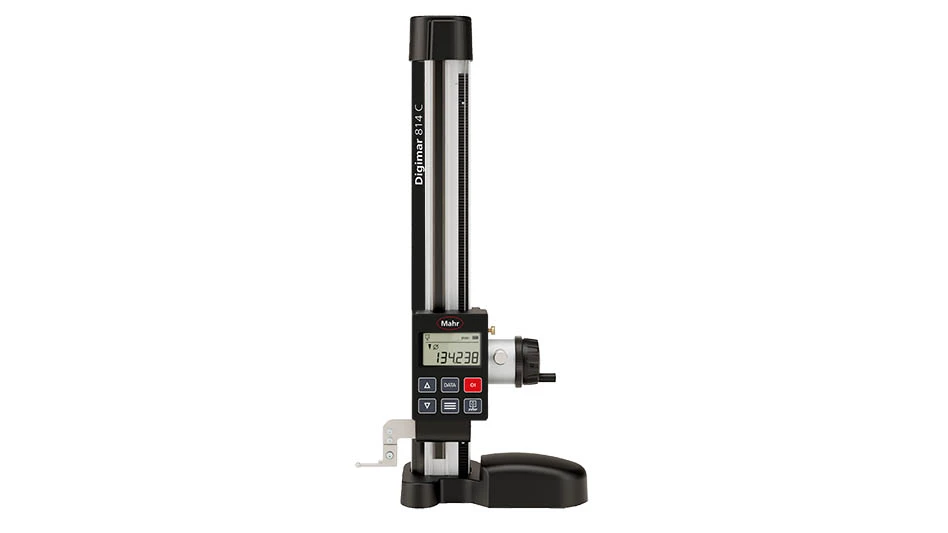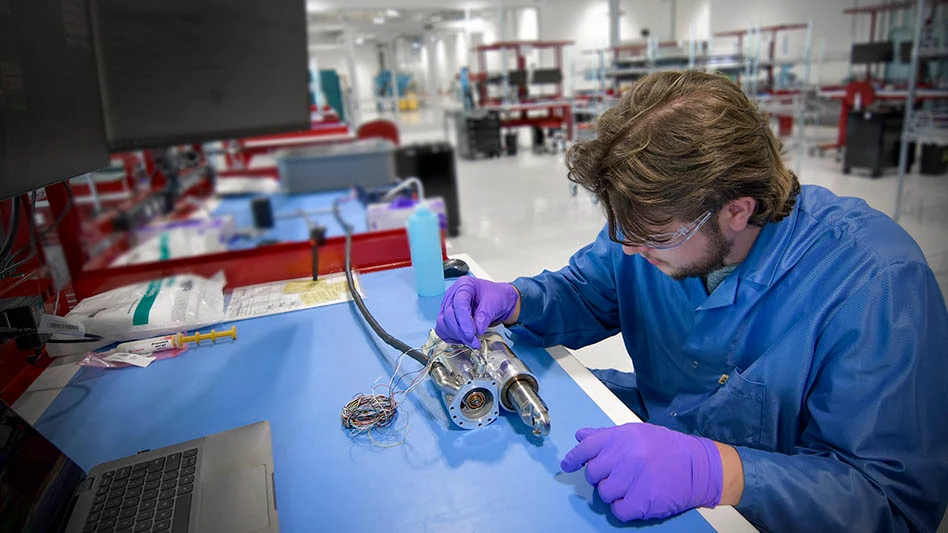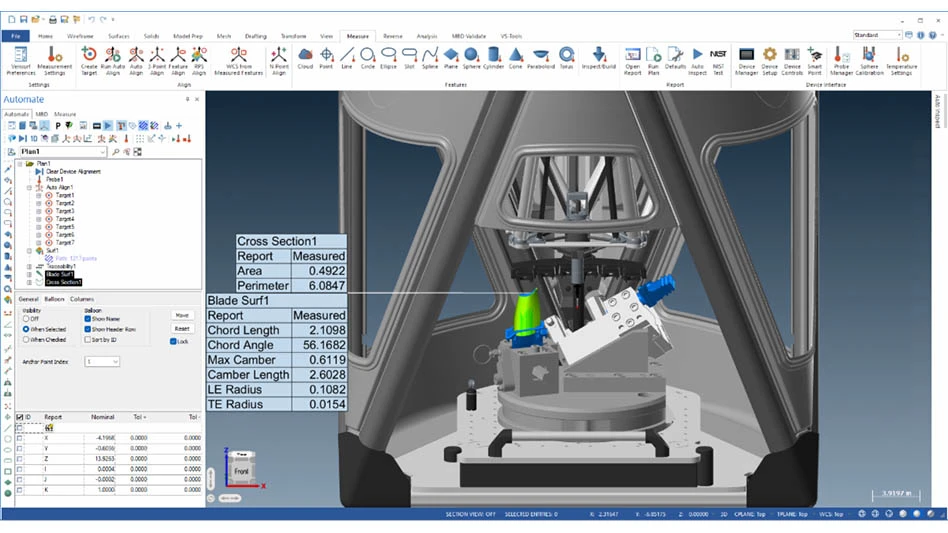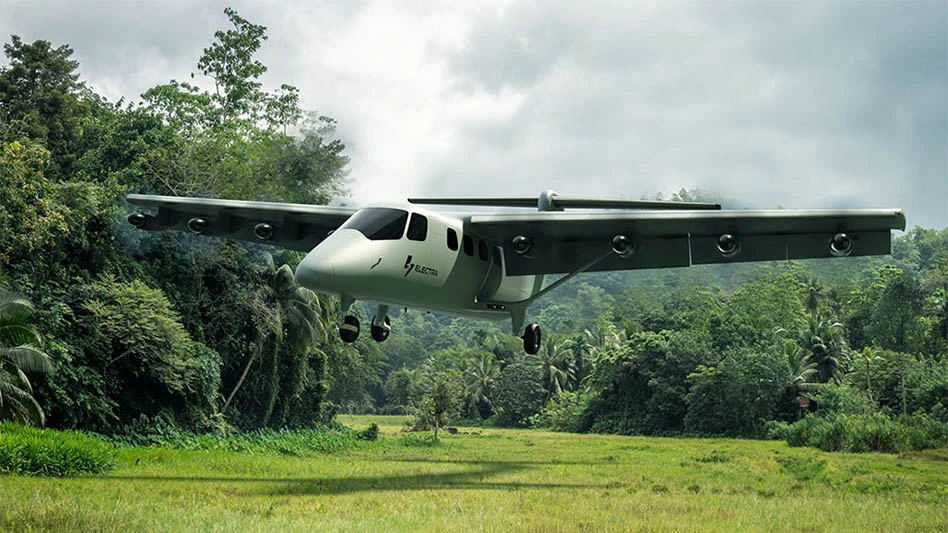
Kent, Washington – Blue Origin’s reusable rocket, New Shepard, flew again on April 2, 2016, from a remote location in West Texas, reaching an apogee of 339,178ft (103km). It was the third flight with the same hardware, named in honor of America’s first astronaut in space, Alan Shepard. The first successful flight and booster return occurred in December 2015; the second Jan. 22, 2016.
After sending New Shepard’s unmanned, 6-person crew capsule toward Earth to make a soft landing under three parachutes, controllers prepared the booster for the propulsive landing. With the booster rapidly dropping vertically, the BE-3 engine restarted only 3,600ft above the ground and ramped up to high thrust quickly, allowing the rocket to touch down on concrete pad at 4.8mph. The company’s video captures the phases of flight.
Source: Blue Origin
Latest from Aerospace Manufacturing and Design
- Textron Aviation to bring its largest-ever lineup to 2025 EAA AirVenture
- Qualified materials for 3D-printing mission-critical applications
- #69 Manufacturing Matters - Shopfloor Connectivity Roundtable with Renishaw and SMW Autoblok
- Demystifying Controlled Unclassified Information (CUI)
- Simplify your shop floor operations while ensuring quality parts
- Happy Independence Day - July 4th
- Bombardier receives firm order for 50 Challenger, Global jets
- Automatic miter bandsaw





